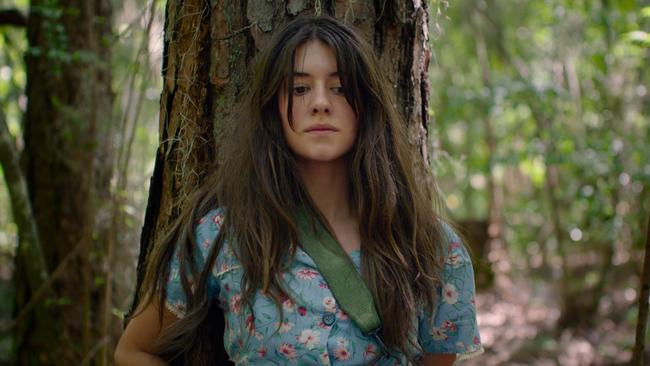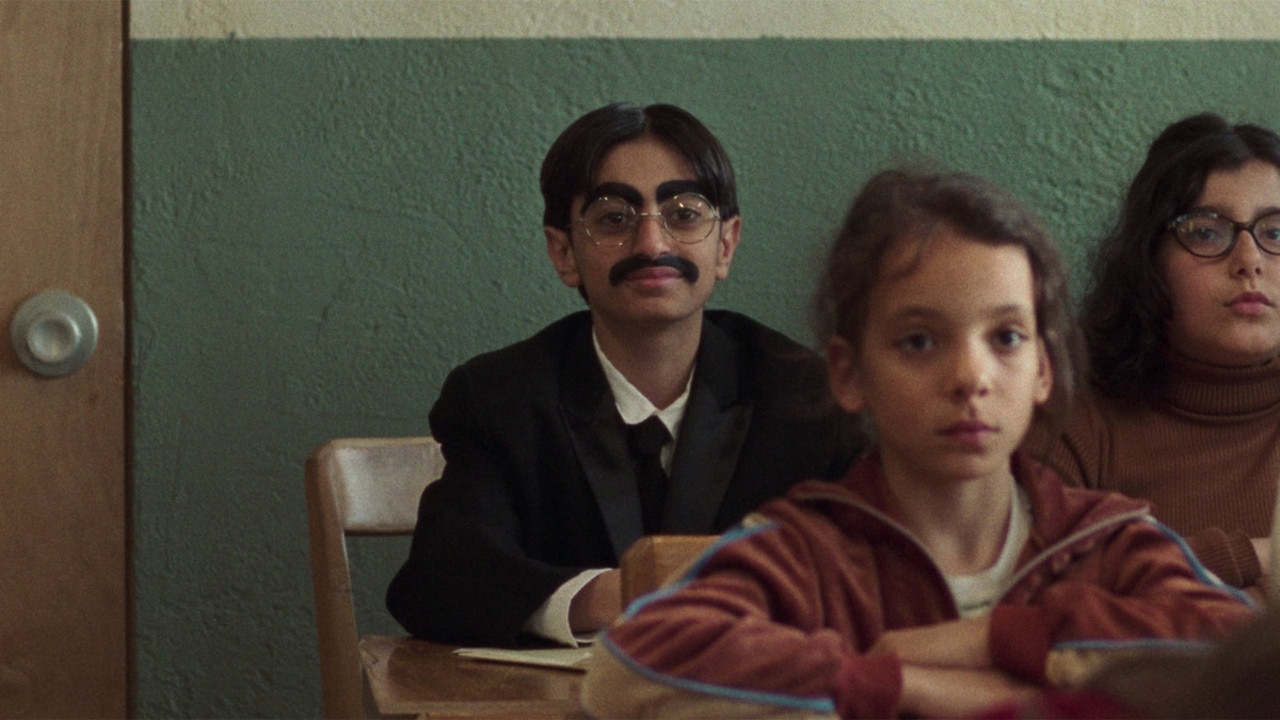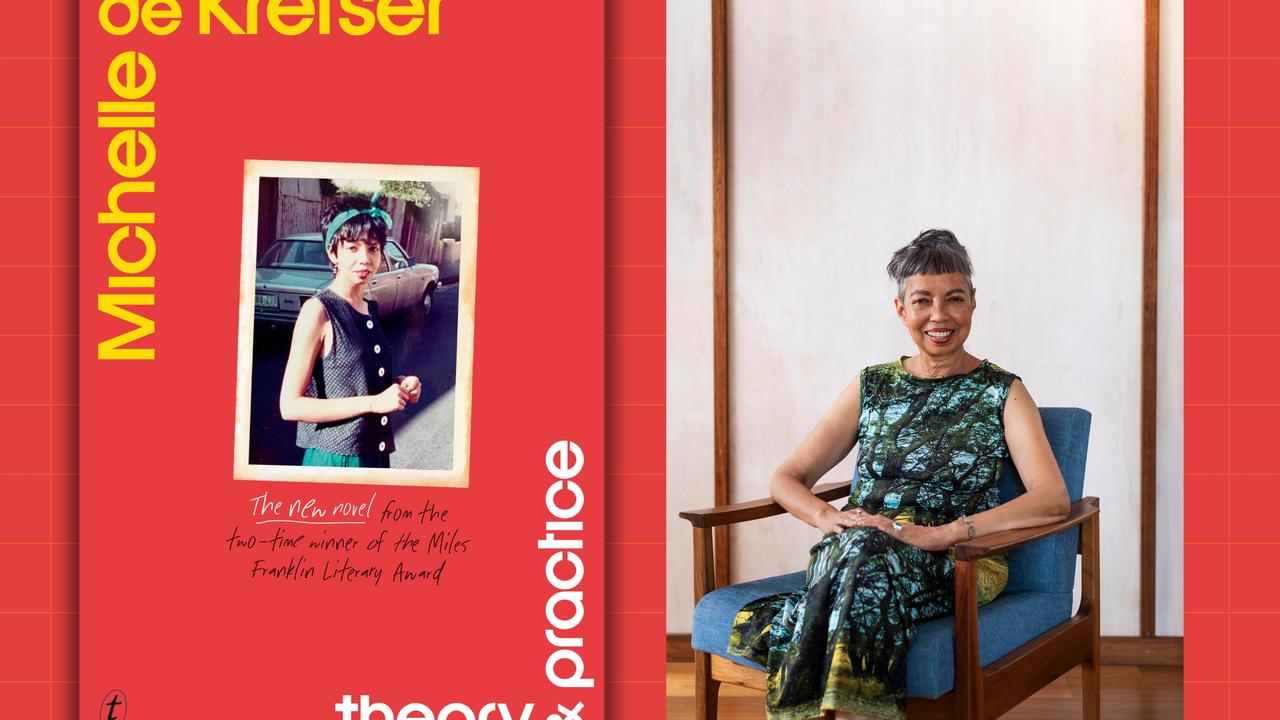Where the Crawdads Sing: the end result is too vanilla
Where the Crawdads Sing should be a better film than this.

Where the Crawdads Sing (M)
In cinemas from July 21
★★
“A swamp knows all about death, and doesn’t necessarily define it as a tragedy, certainly not a sin.”
This ambiguous point of view raises the question that is asked throughout Where the Crawdads Sing, the latest film from Reese Witherspoon’s production company.
At its best, this movie, based on the best-selling 2018 novel by American zoologist Delia Owens, is a Did She Do It? murder mystery. At its worst it is a saccharine romance with mother nature and a few inconvenient, perhaps dangerous, men.
“She” is Kya Clark (Daisy Edgar-Jones from the television miniseries Normal People), though she is better known, in a derogatory sense, as the “Marsh Girl”.
“It” is the alleged murder of star quarterback Chase Andrews (Harris Dickinson), who was Kya’s lover. The movie opens with the discovery of his corpse in the mud at the bottom of a fire tower.
The setting is a fictional town in coastal North Carolina. There are three main time lines: 1969, when Chase falls to his death and Kya is charged with first degree murder; 1953, when Kya’s mother and four older siblings flee, leaving her alone with her violent father; and 1962, when late teen Kya is wooed by local lad and scientist-to-be Tate Walker (Taylor John Smith).
When the police turn up at Kya’s cabin in the middle of the marsh, one looks at the shells and feathers she collects and asks “Is she a scientist or a witch?” By this time, Kya has lived alone for a decade, her father having also left her. The illiterate orphan’s only friends are the African-American couple who run the local store.
At her trial, where the state seeks the death penalty, she is defended by retired lawyer Tom Milton (the ever-reliable David Strathairn). The courtroom scenes are quite good. The defence case is that Chase’s death was an accident. Even so, other possible murder suspects emerge.
The shots of the wet, muddy, reedy place that Kya calls home, and draws, are beautiful (cinematographer Polly Morgan). We see herons, tortoises, alligators.
We do not see the titular crawdads, which I think we would call yabbies. The place where they sing, deep in the marsh, is where young Kya is told to go if ever she finds herself in trouble.
How much of the trouble is of her own making is the question. Sometimes, she says, the prey has to fight the predator. There is a decent twist at the end, which readers of the book will know about.
This 125-minute movie feels longer than that. It is directed by Olivia Newman, her second feature, and written by Lucy Alibar (Beasts of the Southern Wild). They have suitably murky material to work with – a swamp gothic vibe, the unpredictable side of nature, human and otherwise – but the end result is too vanilla.
This movie shares some themes – has a crime been committed?, the greatness of nature, female resilience – of two other films produced by Witherspoon: Gone Girl, and Wild. However, as a piece of filmmaking, as an entertainment, it is not at their level.
-
Nude Tuesday (MA15+)
Stan
★★★½
There’s a fair chance the New Zealand comedy Nude Tuesday is unique. Not because, as the title suggests, there’s full frontal nudity, male and female. That’s been done before.
What is oddly original is the choice of language. This 100-minute film is spoken in “gibberish”, as it is called in the production notes, with English subtitles.
This goes even further than Mel Gibson wanting to make The Passion of the Christ in Aramaic, until he was persuaded not to.
Indeed, I wonder if the invented language, Zobftanlik, means this Kiwi sexcapade is eligible for best foreign language film at the 2023 Academy Awards.
If so, it would be in with a shot for NZ director Armagan Ballantyne. It’s a zany yet surprisingly touching movie about the repression and expression of sexual desire, with a fair bit of love thrown in.
It centres on a couple, Laura (NZ actor Jackie van Beek, who wrote the script) and Bruno (the ever-watchable Australian actor Damon Herriman), who have run out of bounce in the bedroom.
On their wedding anniversary, they receive a voucher to spend time at a sexual healing retreat. It’s a place for couples who “no longer rumble in the jungle”.
They decide to go and soon meet the guru, Bjorg (NZ actor Jemaine Clement), who is there to put “sex voyagers’’ back into orbit.
As the MA15+ rating suggests, there’s a lot of bare bodies, sexual encounters and salty language (to the subtitle-reading eye, not the ear). With that in mind, I’ll introduce Bjorg with one of his milder declarations.
The human heart must beat freely, he tells the dozen or so people at the retreat, “and the same goes for our genitals. Let them not be taken hostage by our partners”.
This film, shot in NZ, was written in English. But the director and scriptwriter decided to film it in the made-up language of the made-up Pacific Island, Zobftan, on which Laura and Bruno and their two young daughters live.
So the actors know the meaning of their lines but say them in gibberish. Comic writers did the subtitles and two different versions are available, one by British comedian Julia Davis, which is what I saw, and one by Malaysian and Australian comedians Ronny Chieng and Celia Pacquola. This language lurk extends to the soundtrack, with songs such as Kenny Rogers and Dolly Parton’s Islands in the Stream sung in Zobftanlik.
On one level, this is a fascinating challenge for the cast, and they pull it off. Herriman, van Beek and Clement take this offbeat comedy to some funny places and to some serious ones.
It is revealed that either Bruno or Laura had an affair (viewers can find out who). There’s a great moment when Bruno breaks down and cries, “I’m a broken little man”.’
It’s genuinely moving and that feeling is not diminished, even though one does laugh, when another guest, Rufus (Australian actor Ian Zaro), sympathetically counsels, “You’re almost six foot five”.
Bjorg’s therapeutic approach involves a few remedies that are well out of the Masters and Johnson comfort zone. Each couple becomes a threesome when joined by an in-house “erotic guide”. Laura and Bruno are chosen by a goat, who they name Fritz. Is that as weird as it sounds? Only one way to find out.
The title – Noken Tisdog in Zobftanlik – refers to the climactic moment of the retreat, a Tuesday where everyone must be nude and is told to walk through the snow and into an icy lake.
As they approach the lake, Laura looks around at the others, people of different ages, colours, shapes and sizes, and says, “Everyone looks so beautiful.”
She’s not wrong about that.




To join the conversation, please log in. Don't have an account? Register
Join the conversation, you are commenting as Logout